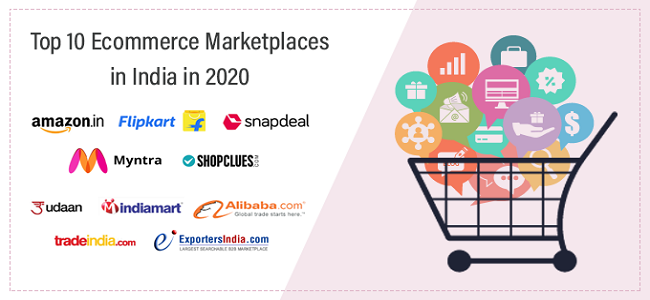Unless the internet access changes the way rural people shop, the growth in internet and e-commerce cannot be correlated with each other
For e-commerce companies, the convenience of “immediate purchase at nearest grocery store” can be offset by offering lower prices, but delivering small volumes in those far-flung areas and countering the “community relationship” could be a big challenge.
The growth of the Indian e-commerce industry has been phenomenal in the last two decades and it is expected to grow further. The current size of the market is estimated at around $47 billion, which may grow at 20% CAGR to reach the level of $110-120 billion by 2025. Market experts believe that India may overtake the United States (US) as a second largest e-commerce market by 2035. All these estimates rely upon the revolutionary internet penetration in India. About one in every five families in India used the internet in 2017, but by 2021, this number rose to six in every 10 families. With a lot many households gaining access to the internet, the potential of e-commerce will increase. But access to the internet is only one part of the story. The success of e-commerce equally relies on the level of urbanisation and consumer preferences.
Urbanisation: The success of the economy, remarkably, is a “story of missing cities”. In 1985, India’s rate of urbanisation was well above the expected level as per its GDP per capita. In next two decades, although the economy soared high due to economic reforms, the rate of urbanisation remained stagnant. So, I call this growth story as one with “missing cities”. This inadequacy forces about two-third of India’s population to remain trapped in rural areas with limited access to public infrastructure. The lack of urbanisation and high-quality public infrastructure can become non-profitable for the execution of logistics of e-commerce such as the delivery of goods and services to those far-flung areas with low-population density.
Consumer preferences: It is correct to say that about 80-90% of the Indian population will have access to the internet in less than a decade. But considering it as a proxy for growth of e-commerce may be misleading. The growth in access to the internet is largely taking place in rural areas as the urban centers are almost saturated. So, unless the internet access changes the way rural people shop, the growth in internet and e-commerce cannot be correlated with each other.
I conducted a random survey of about 730 rural people in India’s largest state to analyse their shopping preferences. The people who answered the questions did so using their cell phone and the internet. It was revealing to know that only 7% of those users in rural area admitted ever buying from online portals. And most cited reason for their purchase behaviour was the convenience of getting the goods immediately.
Additionally, the rural market in India has two other distinguishing factors:
First, it relies on networks and relationship because it is a community-driven society, and second the volume of shopping in monetary terms is not significant. For e-commerce companies, the convenience of “immediate purchase at nearest grocery store” can be offset by offering lower prices, but delivering small volumes in those far-flung areas and countering the “community relationship” could be a big challenge.
It is true India provides a vast opportunity for e-commerce players with its dynamic and vibrant young population. But I will prefer to remain cautiously optimistic about the sustainability of the growth potential of this marketspace until there is a rapid growth in urban infrastructure and we successfully address the peculiarities of rural consumer preferences
Source:https://www.hindustantimes.com/opinion/is-the-indian-market-ready-for-a-leap-in-ecommerce-101645439060773.html

